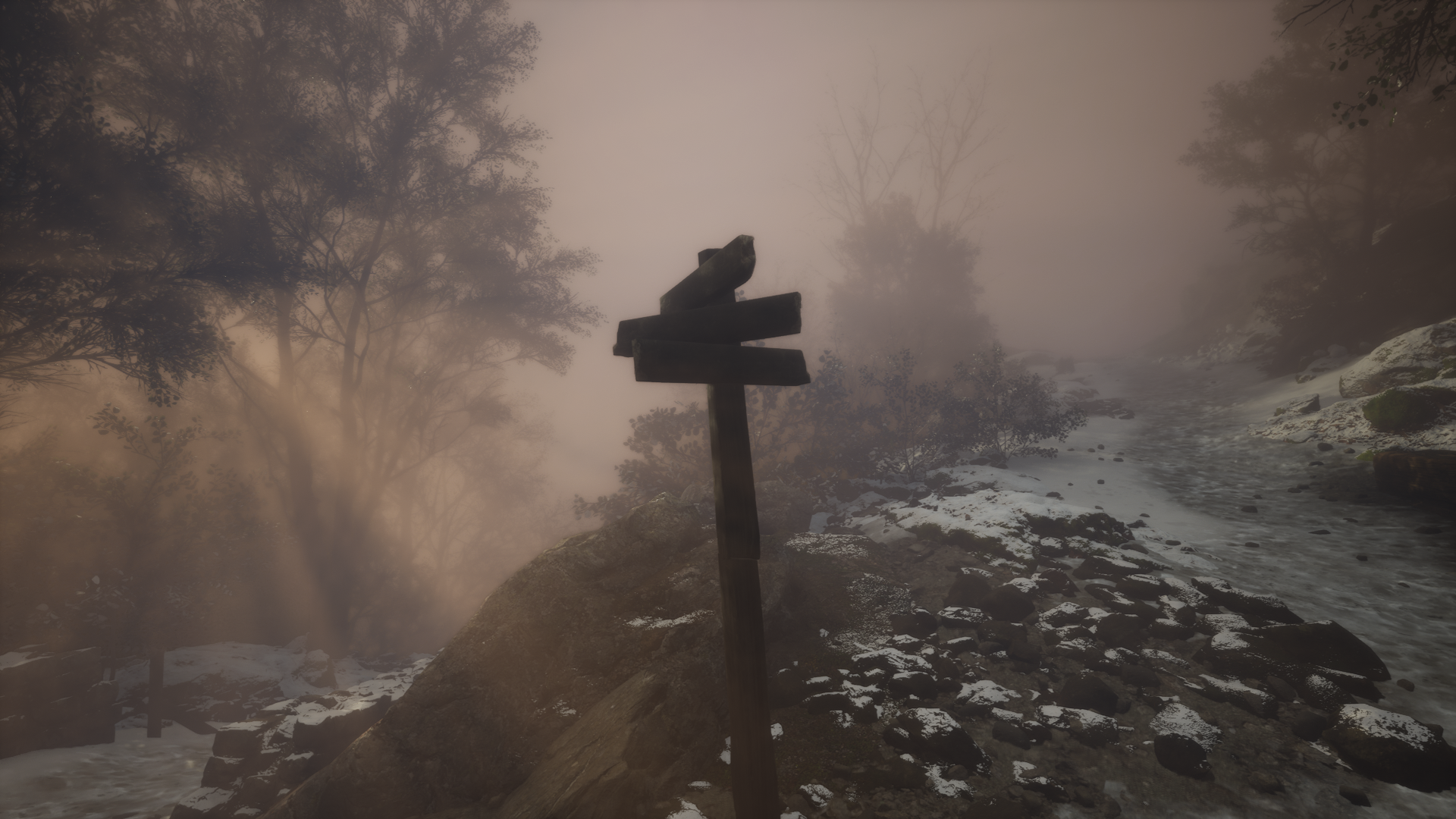Why do the Northern Lights never look as good as in the photographs?
The Aurora Borealis was visible across the US and UK recently, but why were images caught on camera better than what the eye saw?
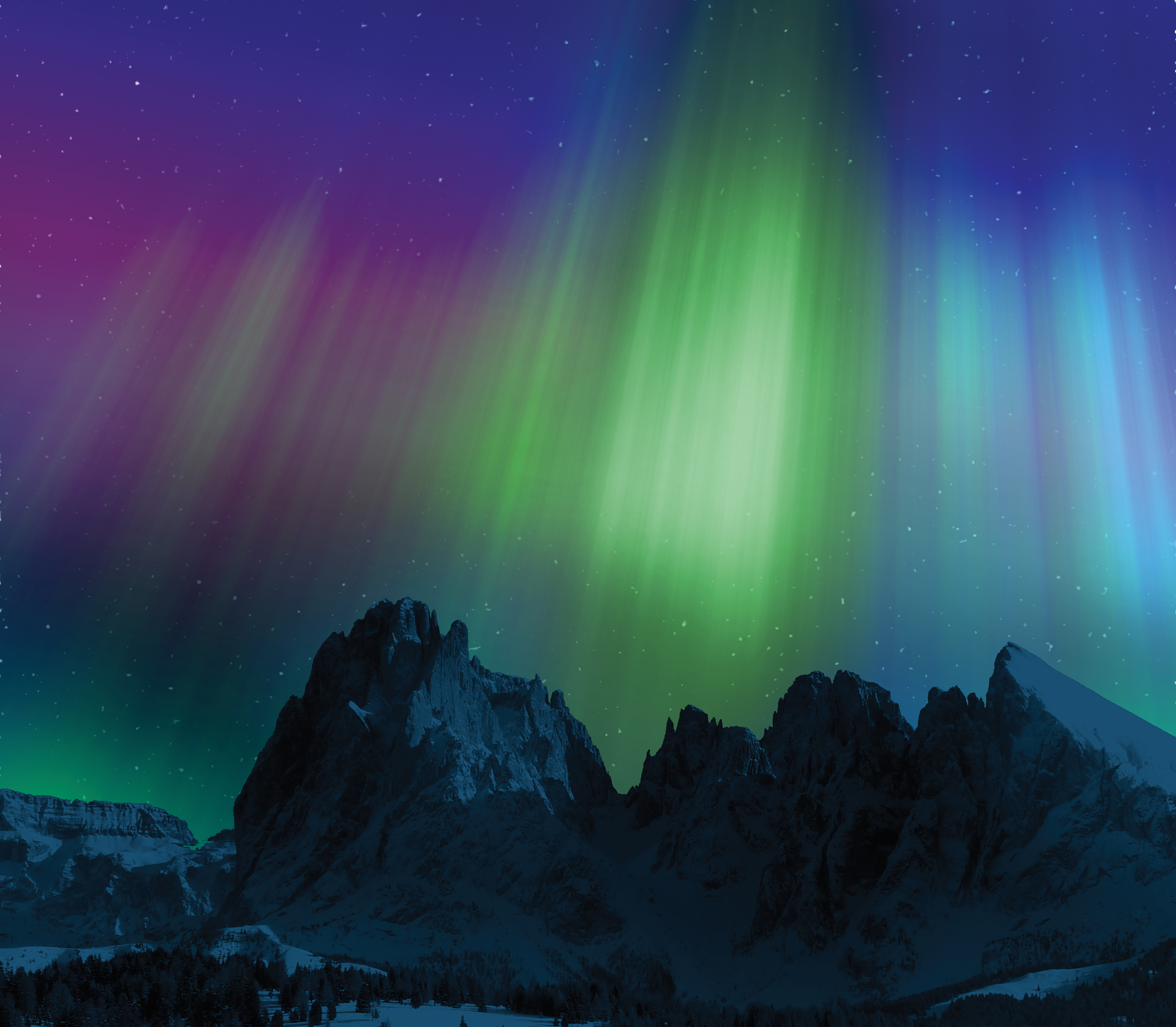
Last week, thousands of people in the US and UK were lucky enough to see the ethereal Northern Lights, also known as the Aurora Borealis, delighting sky-watchers across the globe. But with the widespread observation of the phenomenon came the inevitable question: why didn't it look as good in reality as it does in photos?
The Lights were visible in the night sky after one of the strongest geomagnetic storms for years hit planet Earth, with the highest rating of G5. The US National Oceanic and Atmospheric Administration (NOAA) issued a rare solar storm warning, which last happened in October 2003.
A geomagnetic storm is a major disturbance of the Earth’s magnetosphere that happens when there is an efficient exchange of energy from the solar wind, into the space environment surrounding the Earth.
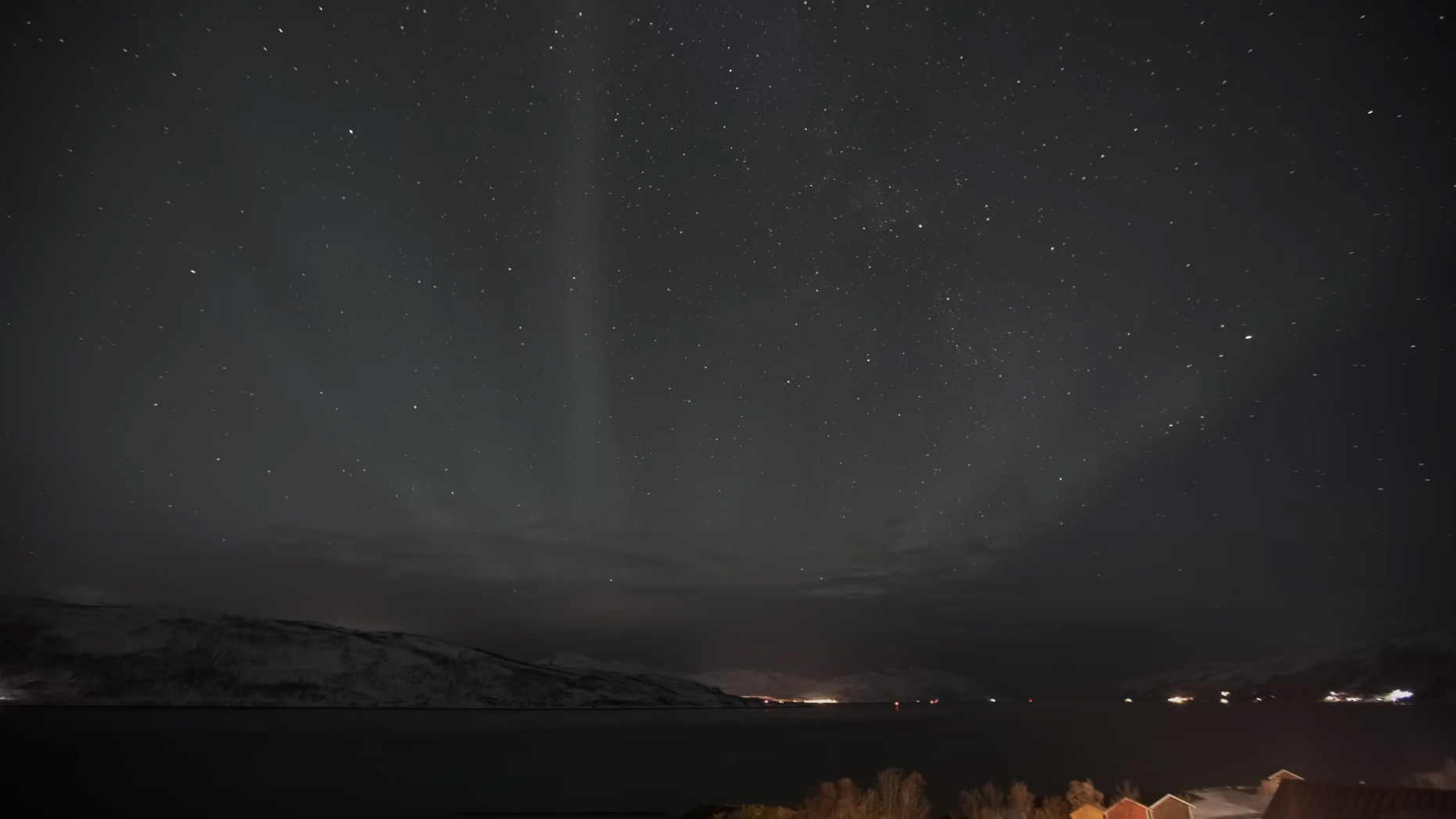
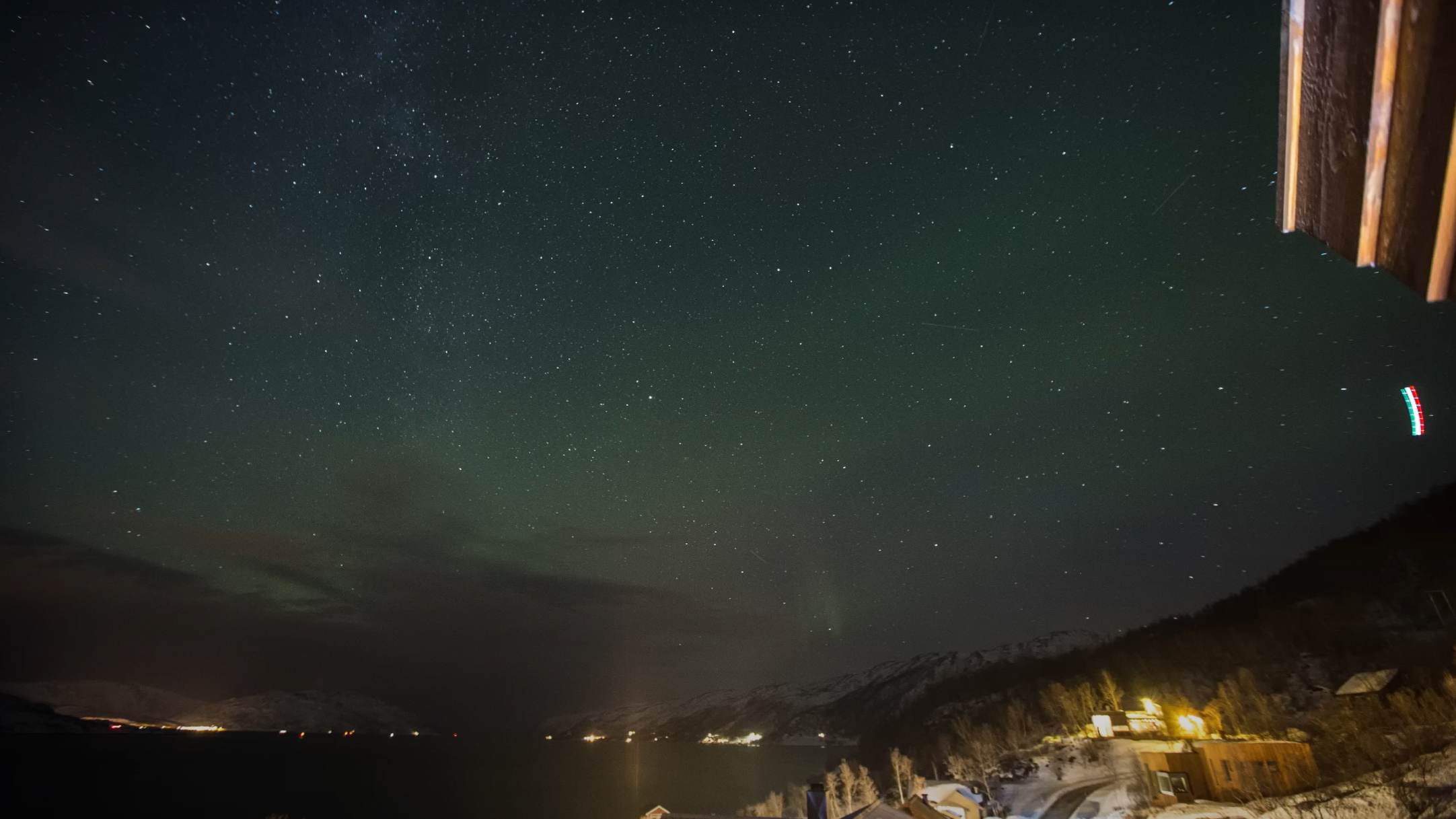
Clear skies last weekend made the Northern Lights visible from almost everywhere in the UK and parts of the US, and social media accounts were full of the rare sightings. It quickly became clear to people, however, whether taking their own photographs or perusing others, that the Aurora Borealis looked even better through a camera lens than with the naked eye.
This has led some people to leave disgruntled reviews of tour companies in countries such as Norway or Iceland, promising to see the Northern Lights, as people expect to see the same vibrancy as in the photographs.
As explained in the below video by YouTuber and photographer, Jan Jelle, it’s all to do with light wavelengths, and the limitation of the human eye compared with that of our cameras. Modern cameras and smartphones are able to capture the intensity of the Northern Lights far better than our eyes, just like they can with any other source of low light.
To compensate for the low light conditions, a camera can just take a longer exposure, gathering more light and for a longer period of time. This creates a vivid picture of the scene, collecting colors that the rods of the human eye simply cannot detect.
Get the Digital Camera World Newsletter
The best camera deals, reviews, product advice, and unmissable photography news, direct to your inbox!
In low light our eyes are less sensitive to color than normal, while camera sensors are not afflicted with the same human limitations. This is why photographs taken at low light appear to be more vibrant than our brains remember.
The Northern Lights will be reportedly visible across the US and UK again this weekend. While we now know why they look better through a lens, remember to put the camera down once you’ve got a few good shots and witness this spectacle with your own (albeit limited) eyes.
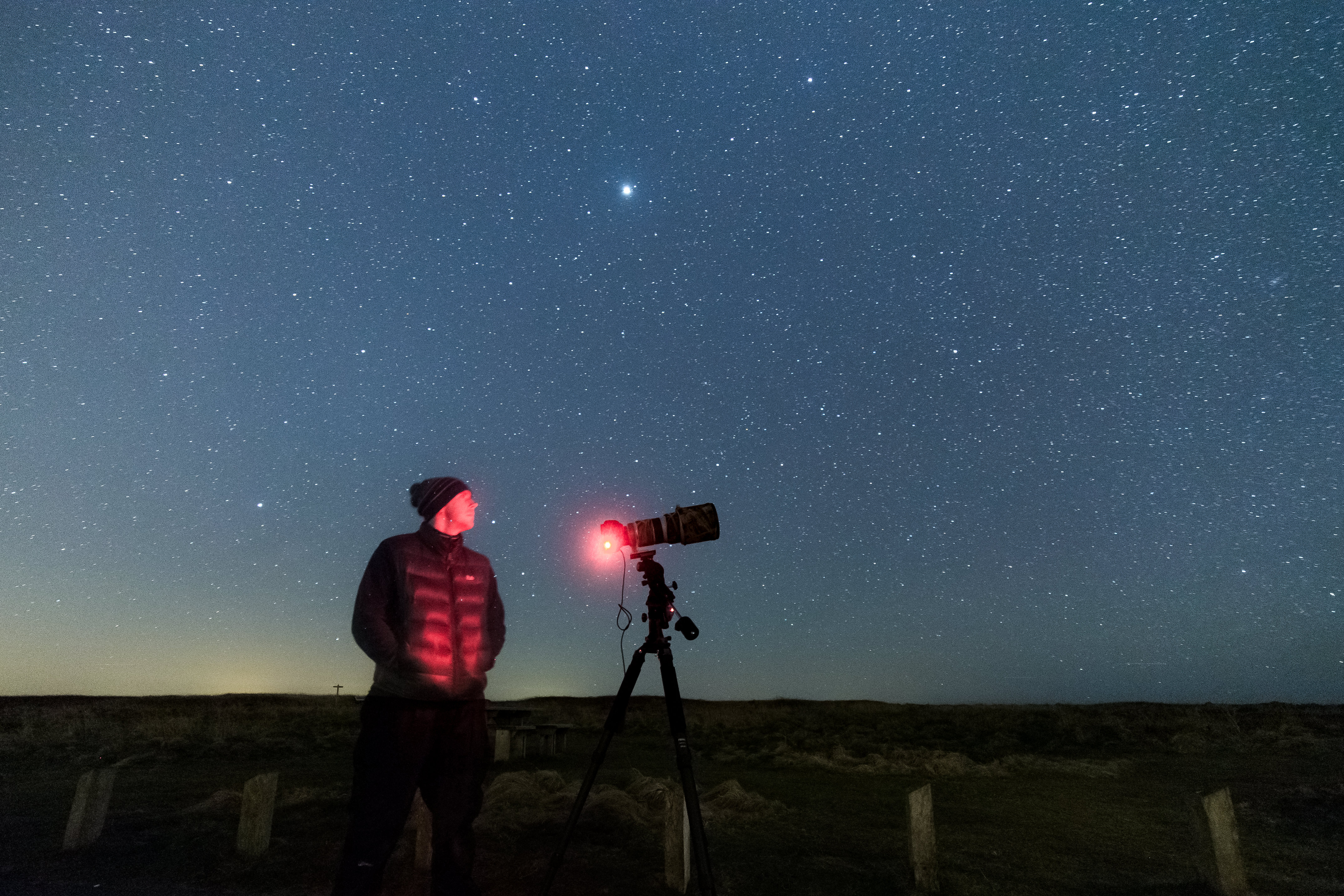
If you're in to going out light hunting, we've rounded up the best cameras for shooting in low light here. We've also put together our favorite picks of the best cameras for astrophotography, as well as the best astrophotography lenses.

After graduating from Cardiff University with an Master's Degree in Journalism, Media and Communications Leonie developed a love of photography after taking a year out to travel around the world.
While visiting countries such as Mongolia, Kazakhstan, Bangladesh and Ukraine with her trusty Nikon, Leonie learned how to capture the beauty of these inspiring places, and her photography has accompanied her various freelance travel features.
As well as travel photography Leonie also has a passion for wildlife photography both in the UK and abroad.
